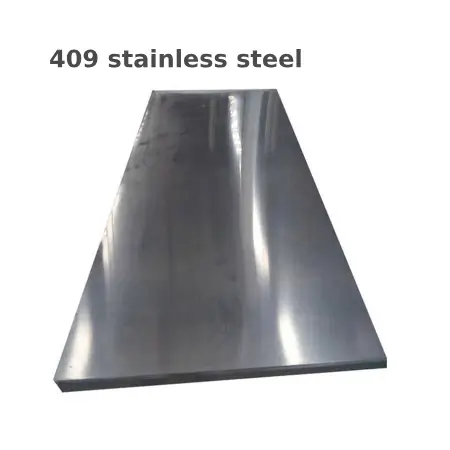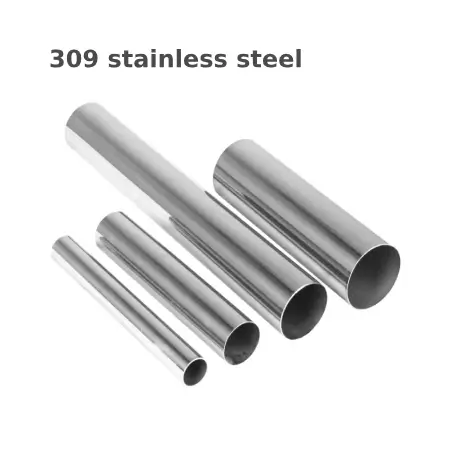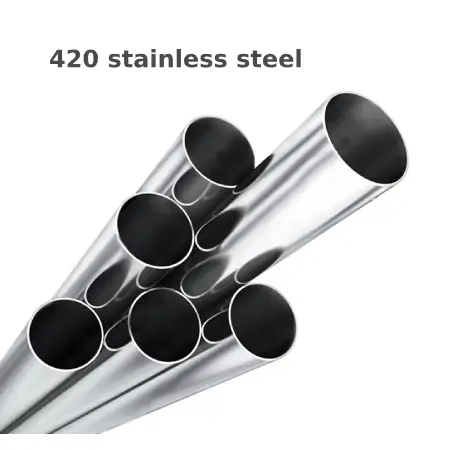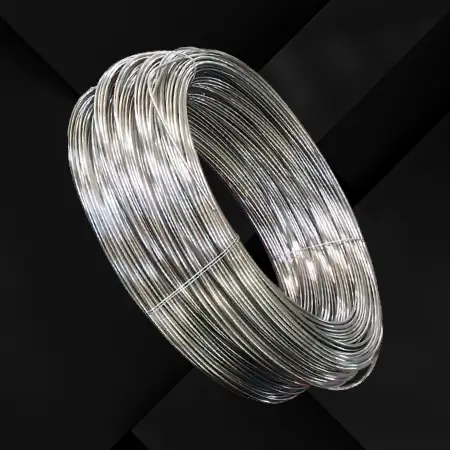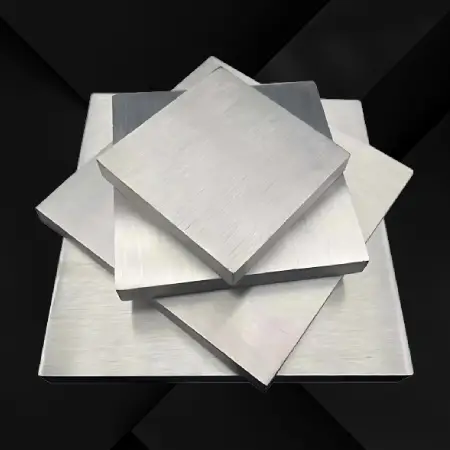409 Stainless steel also known as EN1.4512 or UNS J40900. is a type of ferritic stainless steel that is slightly lower in cost compared to other types such as 430 stainless steel. It contains less chromium than 430 but offers better corrosion resistance than the more common 200 series grades.
Introduction to 409 Stainless Steel
Material Composition: 409 Stainless steel typically contains about 11% to 13% chromium, which imparts its corrosion resistance, and about 0.07% to 0.12% carbon, which is lower than most other stainless steels.
Corrosion Resistance: It provides better corrosion resistance than the 200 series grades, but it may not be as resistant as the 300 series, such as 304 or 316L. It's suitable for exhaust components and other applications where oxidation and corrosion resistance are important.
Formability: While not as formable as some of the more popular austenitic stainless steels, stainless steel 409 is still quite formable and can be worked using standard shop fabrication techniques.
Weldability: It is generally considered to have fair to good weldability, though care must be taken during the welding process to prevent sensitization, which can lead to intergranular corrosion.
Low Oxidation Resistance: Its resistance to oxidation at high temperatures is not as good as that of 304 or 316 stainless steel, making it better suited for applications at lower temperatures.
Applications: Stainless steel 409 is used in applications that require good formability and moderate corrosion resistance, such as automobile exhaust systems, heat exchangers, and decorative trims. It's also suitable for industrial exhaust systems and in some food handling equipment.
Surface Finishes: It may have a mill finish surface, which does not require a very high level of cleanliness since the component often gets covered or hidden during final assembly in cases like exhaust manifolds and silencers.
Heat Treatment: Unlike the martensitic or austenitic stainless steels, 409 does not respond to thermal treatments in the same way to achieve changes in hardness or strength due to its ferritic microstructure.
Recyclability: 409 stainless steel is recyclable, contributing to a sustainable production cycle and aligning with the demand for environmentally conscious materials.
Cost Effectiveness: It provides a cost-effective alternative to the more common types of stainless steel, making it a good choice for applications where high performance is not required, but the benefits of stainless steel, such as easy cleaning and good fabrication properties, are still desired.
Special Considerations: Given that 409 has a lower chromium content than some other grades, it requires more attention during cleaning and maintenance to prevent corrosion, and it may not be the best choice for all corrosive environments.
409 Stainless steel is a versatile and economic choice for applications that do not require the highest levels of corrosion resistance found in more premium grades. Its cost-efficiency and good fabrication properties make it a common material choice for automotive and industrial exhaust systems and for general use where its performance characteristics are appropriate.

